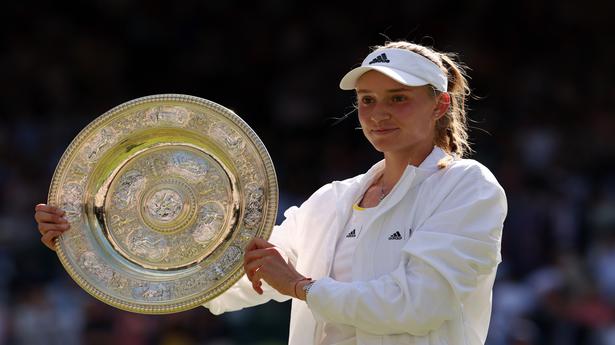The first Test I watched from the first ball to the last was India v West Indies in Bengaluru in November 1974. The visitors were going through a dip then. Garry Sobers and Rohan Kanhai had played the previous Test against England, in Trinidad, but were no longer part of the team. It was a West Indies attempting to rebuild with a younger side led by Clive Lloyd.
They had two promising batsmen making their debut — Gordon Greenidge and Viv Richards, and a young Andy Roberts who carried the legacy of fast bowling on his shoulders. For a team known for thrilling batsmanship, the West Indies came to India having won only three of their previous 23 Tests in the new decade, and having drawn 16. The rebuilding began in Bengaluru where they won. For some two decades they were the best Test cricket had to offer.
Fast and furious
My teenage years were consumed by the excitement of West Indies cricket. They bowled faster than anybody else, batted more destructively than others, and their fielding was stunning. They unleashed bowlers of such pace and fire that they rattled the best batsmen around the world, breaking a nose here, an elbow there and devastating fingers and toes everywhere.
Today, after the matches in the World Test Championship cycle have been completed with only the final to be played, the West Indies are eighth. Only Bangladesh are below them.
For long I believed that it was important for the West Indies to remain at the top (or roughly there), just as it was important for Brazil to do so in football. There was about their approach an abandon, a joy, a creativity that kept their respective sports alive.
Now that they have lost yet another series, this to South Africa 2-0, the figures are discouraging. Of the 217 Tests they have played this century, they have won just 48, or about 22 percent while losing 115, or 53 percent.
The reason for the decline has been enumerated often enough. It ranges from the rise of franchise cricket and the greater financial returns there, to the indiscipline of individual players, the politics of the cricket board and the unsustainability of the idea of the West Indies itself — a cricket team with players from half a dozen independent islands in the Caribbean.
The widely predicted demise of Test cricket is likely to first happen in the West Indies, the team of George Headley and Learie Constantine, of the three Ws, of Sobers and Kanhai, of Richards and Lara, of Gayle and Chanderpaul, of Ambrose and Walsh and Gibbs and so many other giants. There was a time when Barbados alone fielded a team stronger than most Test-playing countries.
It is difficult to imagine for those who know the West Indies didn’t lose a single series from 1980 to 1995 that they haven’t won an away series against a team in the top eight since 1995.
Perhaps, like great civilisations, great cricket teams too rise and fall by responding (or not) to challenges. Perhaps this is cyclical too. This was a comforting thought in the days before franchise cricket when choices were limited by opportunity and money. That is no longer the case now, and if young sportsmen from the West Indies islands focus on T20 franchises or basketball or any other sport, the pickings are certainly more attractive.
Test cricket will survive in the West Indies so long as the players and administrators think it is important, and everything now points to it disappearing from the islands, to be replaced by more practical and paying options.
‘Caste-system’
Despite glowing speeches about preserving Test cricket, the fact is that a caste-system has invaded the sport. At the top, the Brahmins of Test cricket are India, Australia and England. All other teams are seen as also-rans in spite of the Future Tours Programme and the World Test Championship. This is true of the fans, of administrators and television. The only exception would be an India-Pakistan series, but that’s not likely to happen any time soon.
Despite their storied history and powerful legacy, Test cricket in the West Indies seems to be approaching the end of the road. For my generation that is depressing news.
A decade ago, Lloyd, commenting on the state of West Indies cricket said, “I can tell you I have no more tears.”
That is probably the case with all who worshipped that once great team.



